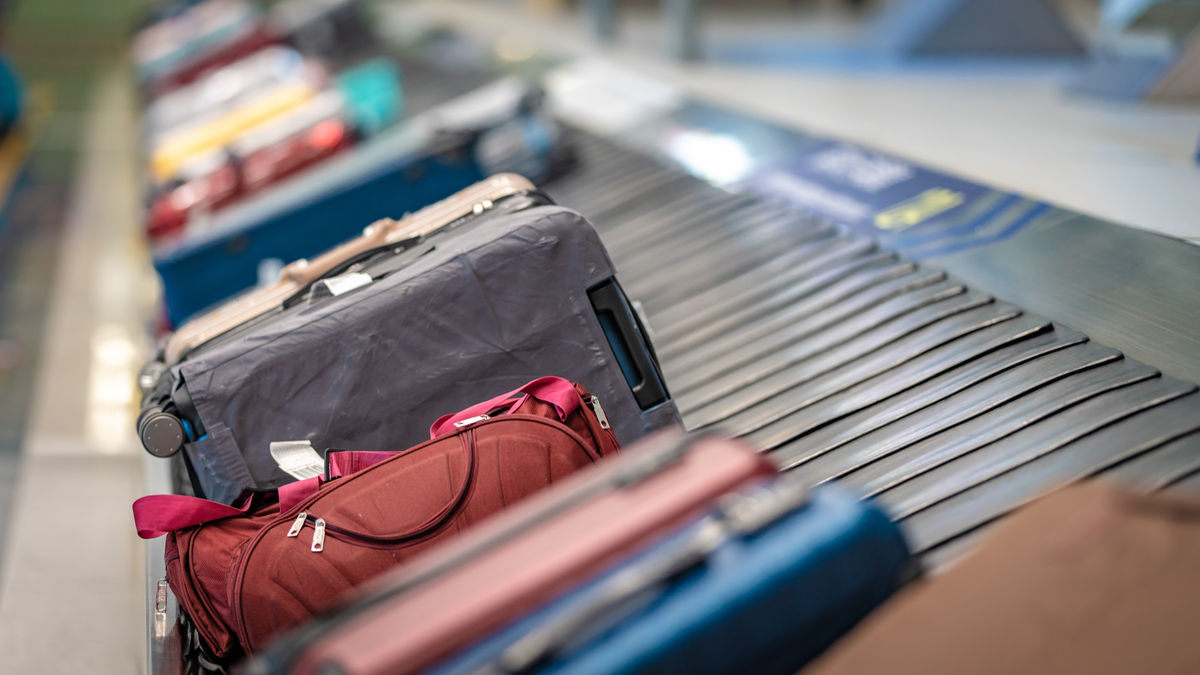Travel bans may soon be returning under President Trump's administration.
On January 20, Trump signed an Executive Order directing the Secretary of State and other cabinet members to prepare a list of foreign countries where “vetting and screening information is so deficient as to warrant a partial or full suspension on the admission of nationals from those countries.”
During the first Trump administration, a travel ban (which he also called a “Muslim ban”), was put in place in 2017 that affected Iran, Iraq, Libya, Somalia, Sudan, Syria, and Yemen. A second version removed Iraq and a third version added Chad, North Korea, and Venezuela, and removed Sudan.
In a news release issued on Friday, the International Refugee Admissions Project (IRAP) expressed that many of its clients have been, “waiting years for their visas to be processed and remain in extremely dangerous circumstances.” The statement continued, “A new travel ban would put their lives at risk by denying them the opportunity to reach safety. Even a temporary suspension will result in immediate and lasting harm for refugees and their families.
“While we do not yet know the full scope of who could be impacted, reports indicate that Afghan refugees targeted by the Taliban, including Special Immigrant Visa holders and others who supported the U.S. mission in Afghanistan, could all be subjected to this unlawful ban,” IRAP said. “It is shameful that the Trump administration is abandoning America’s promise to protect Afghan allies and other forcibly displaced people around the world.”
The deadline given to select the countries on the potential new travel ban is drawing near, as they were initially given 60 days from the order.
According to Rueters, Pakistan is also being flagged as a possible country that could be added to a new travel ban.
For the latest travel news, updates and deals, subscribe to the daily TravelPulse newsletter.
.png)
.png) 2 months ago
7
2 months ago
7








 English (US) ·
English (US) ·  Spanish (ES) ·
Spanish (ES) ·